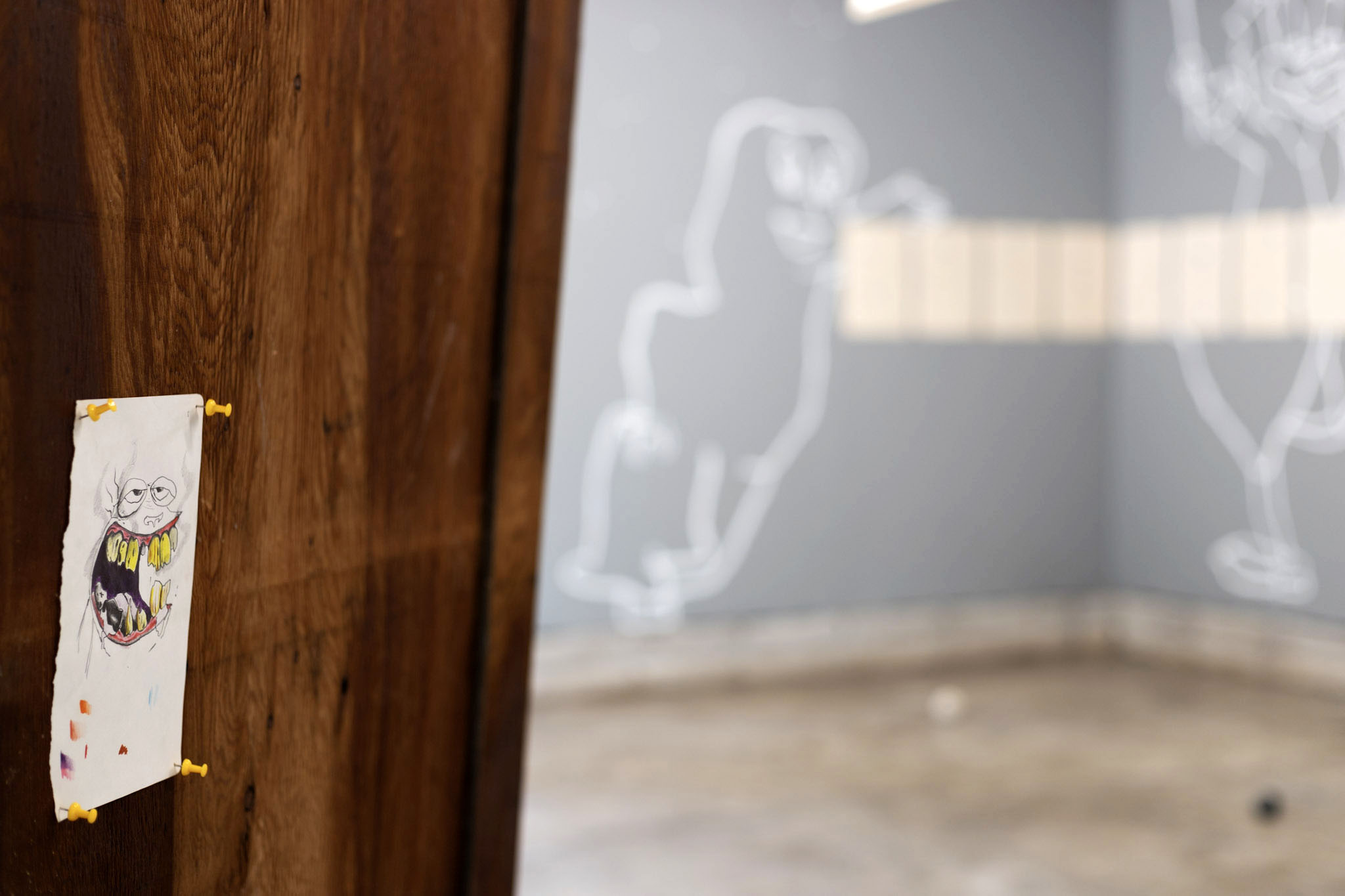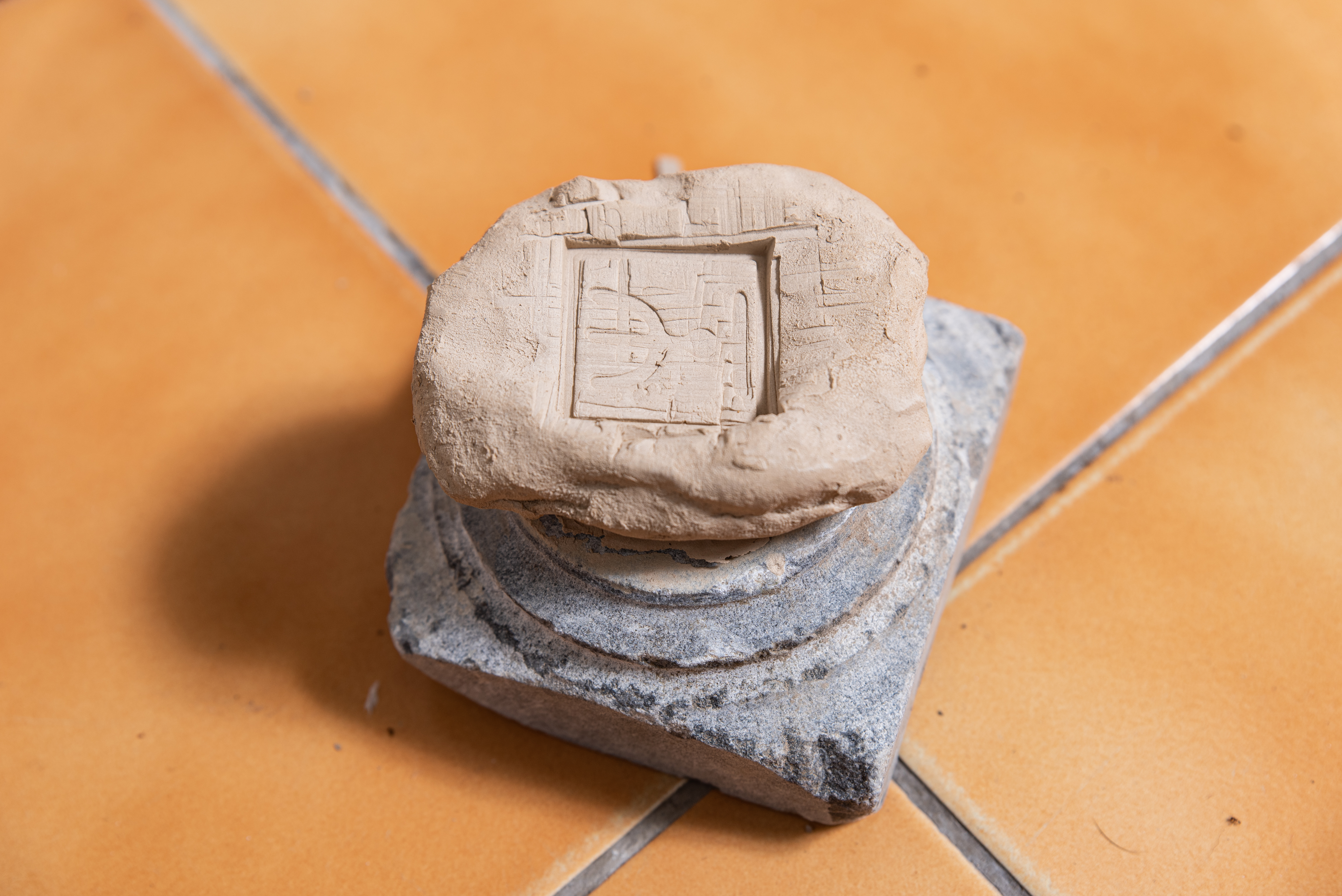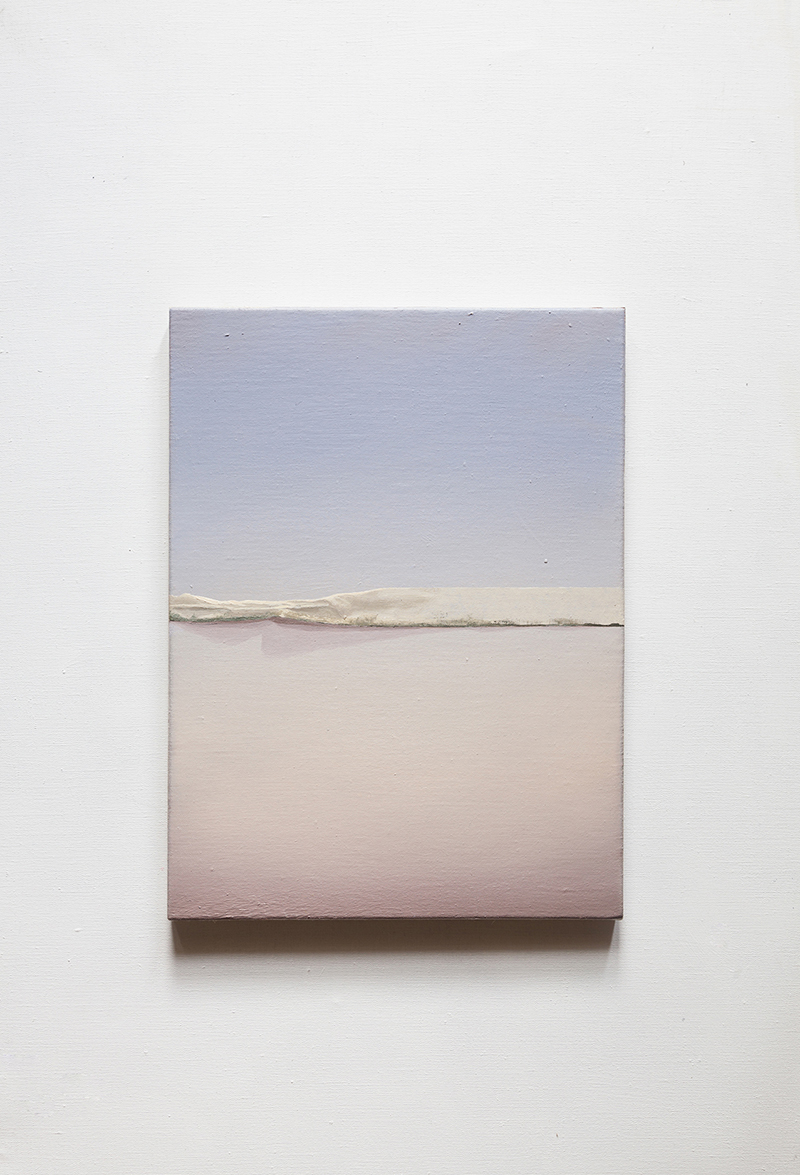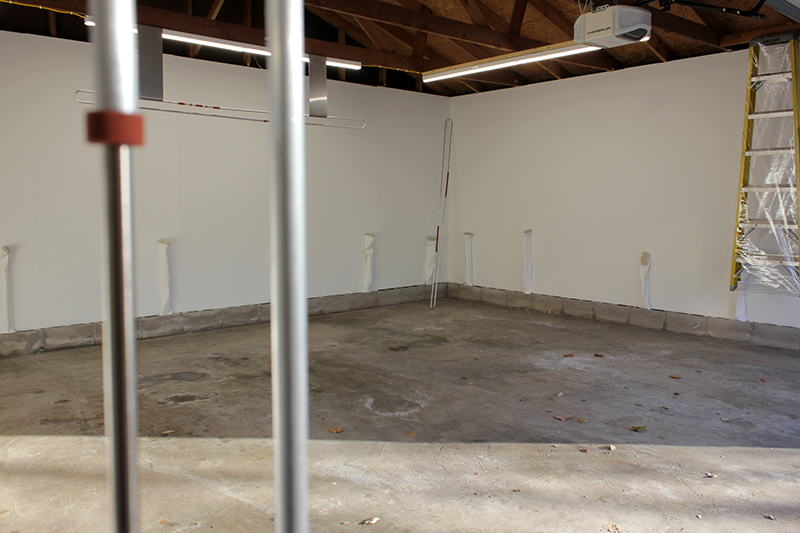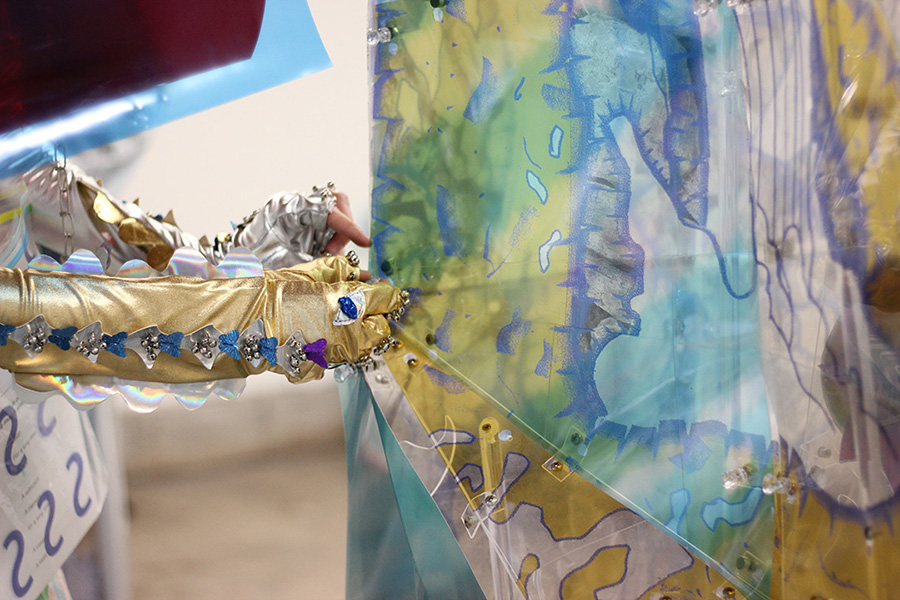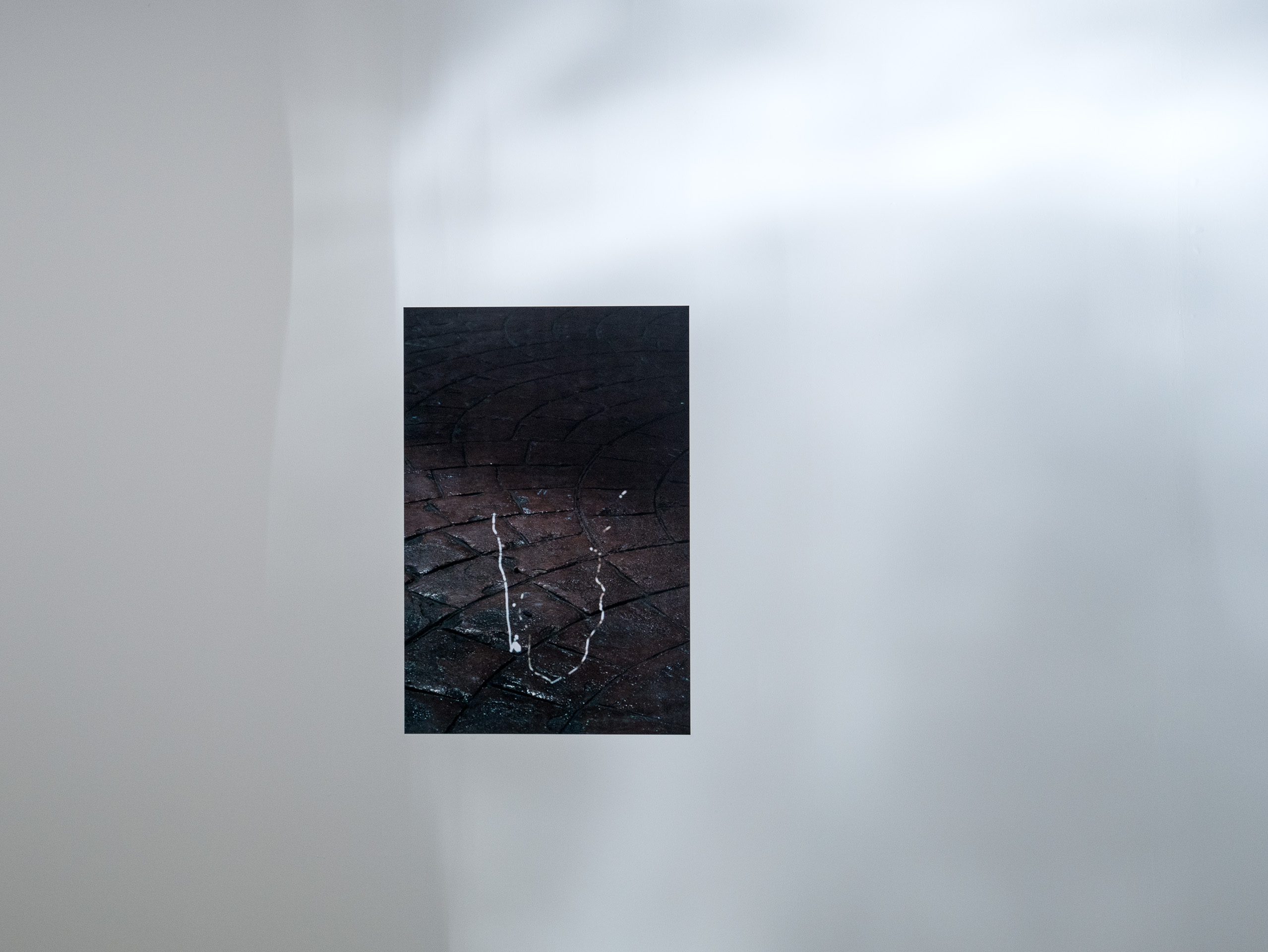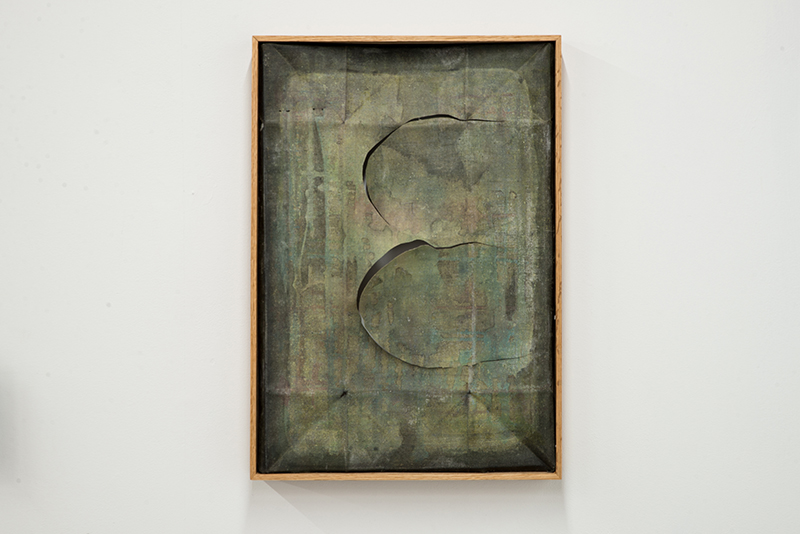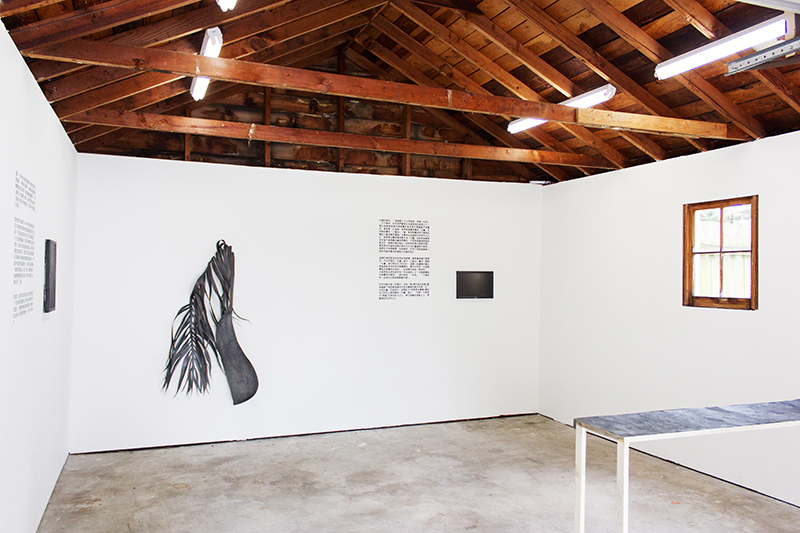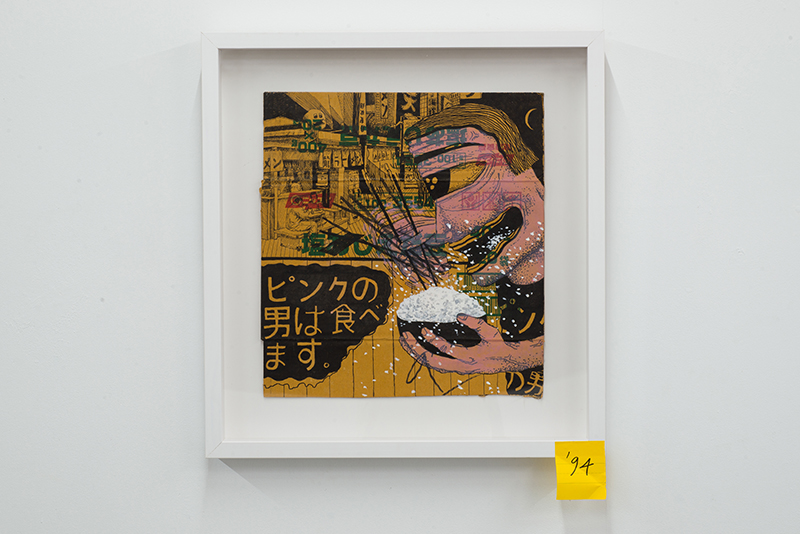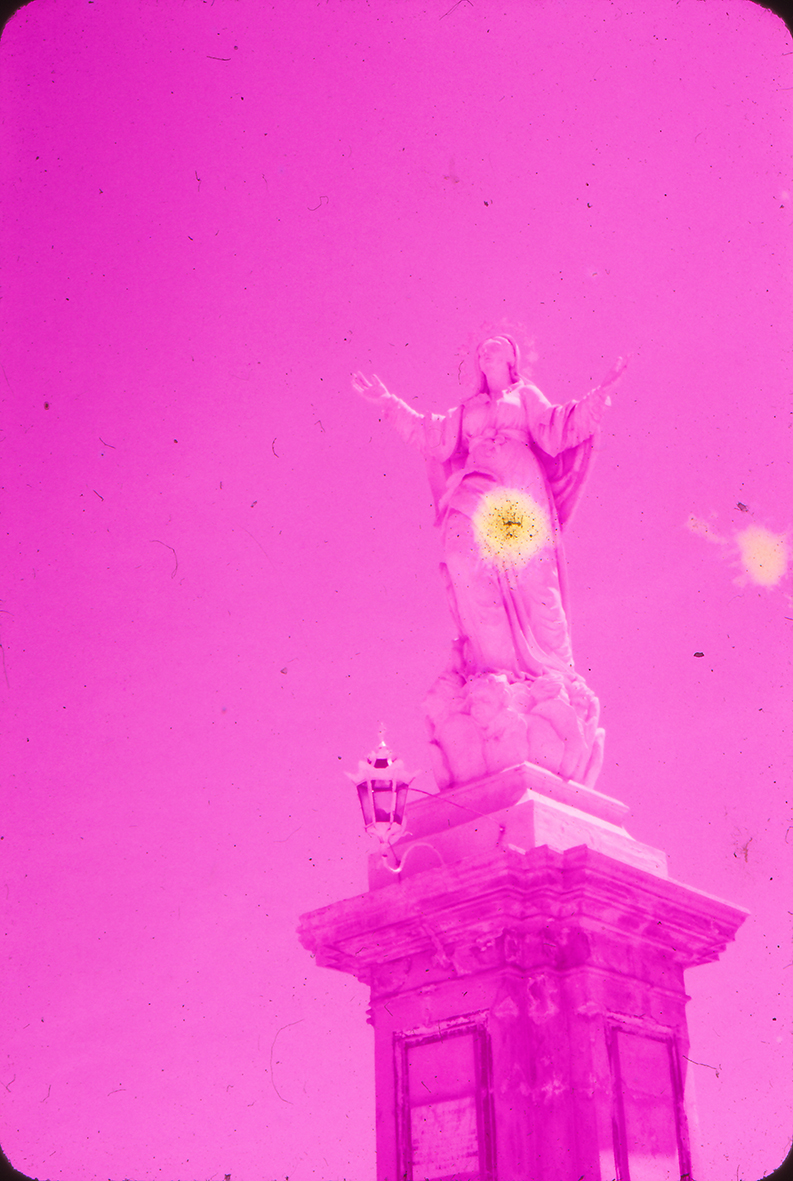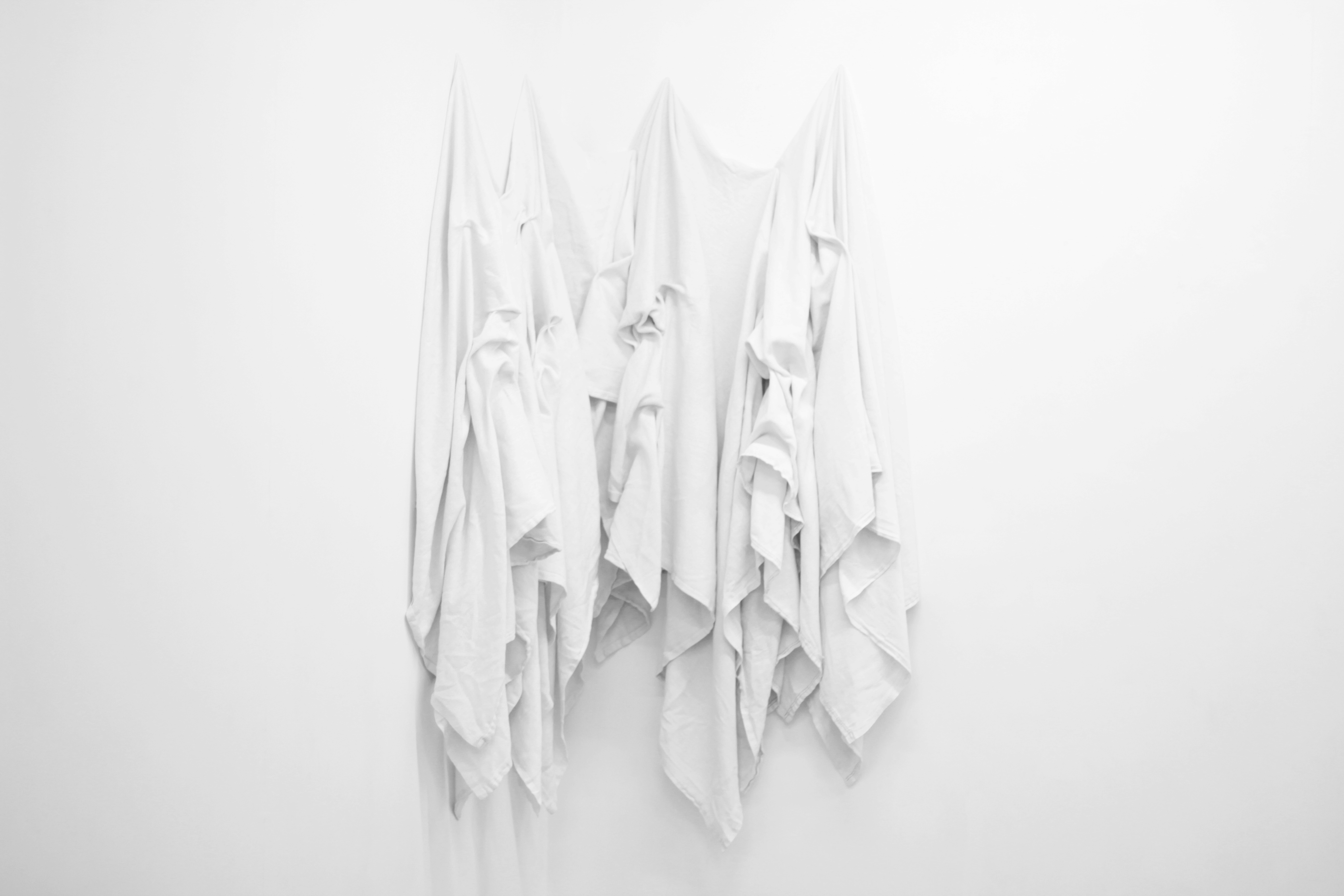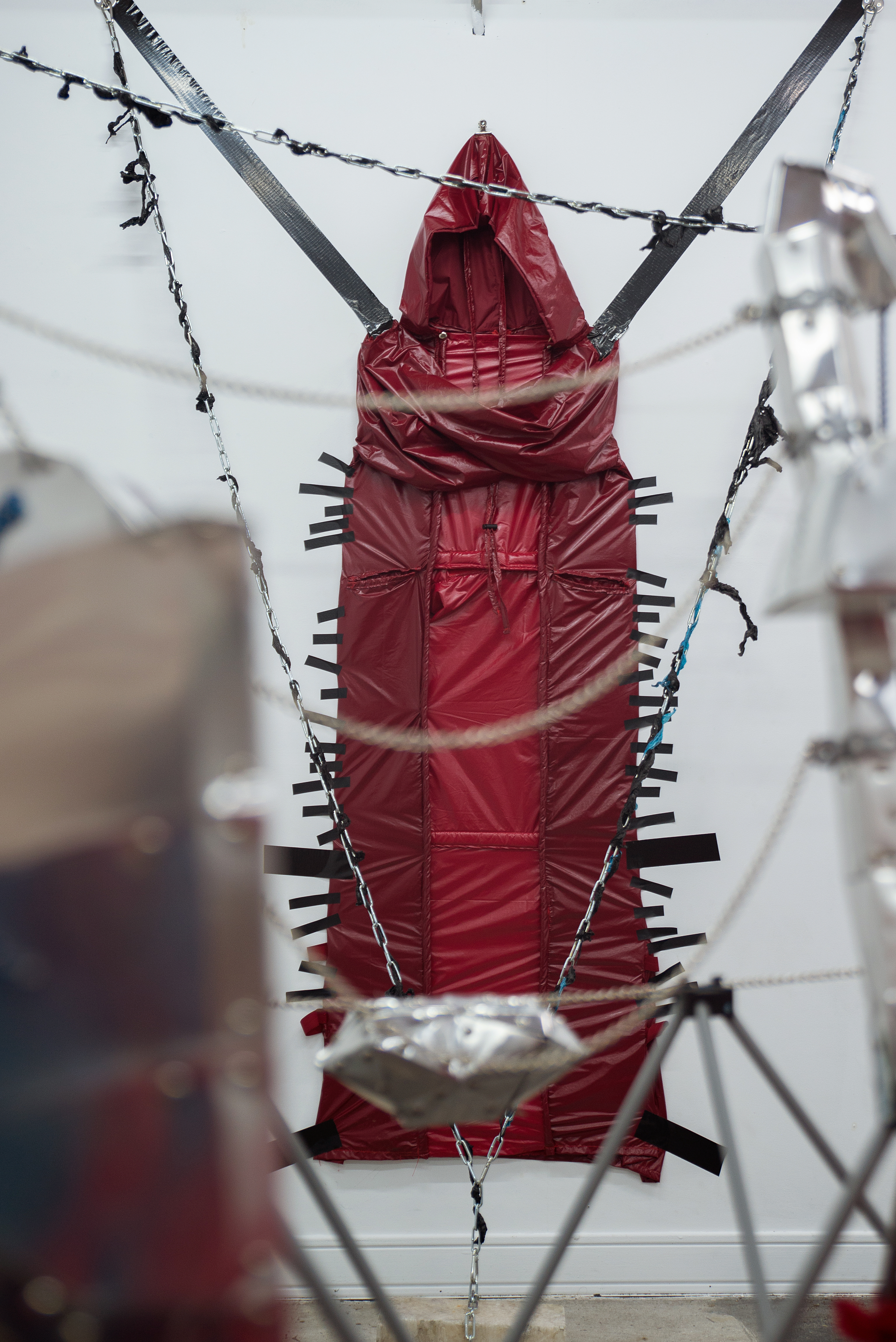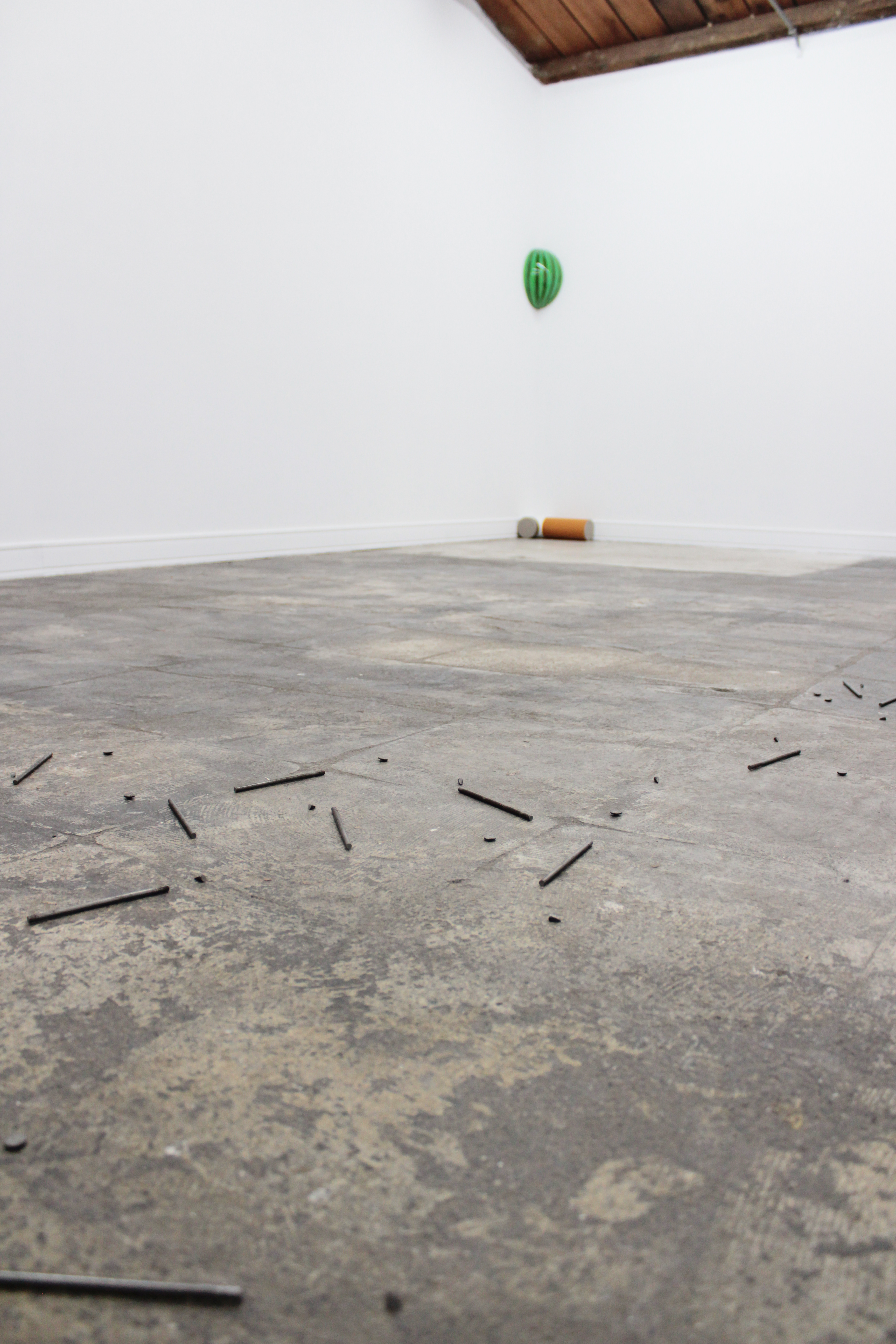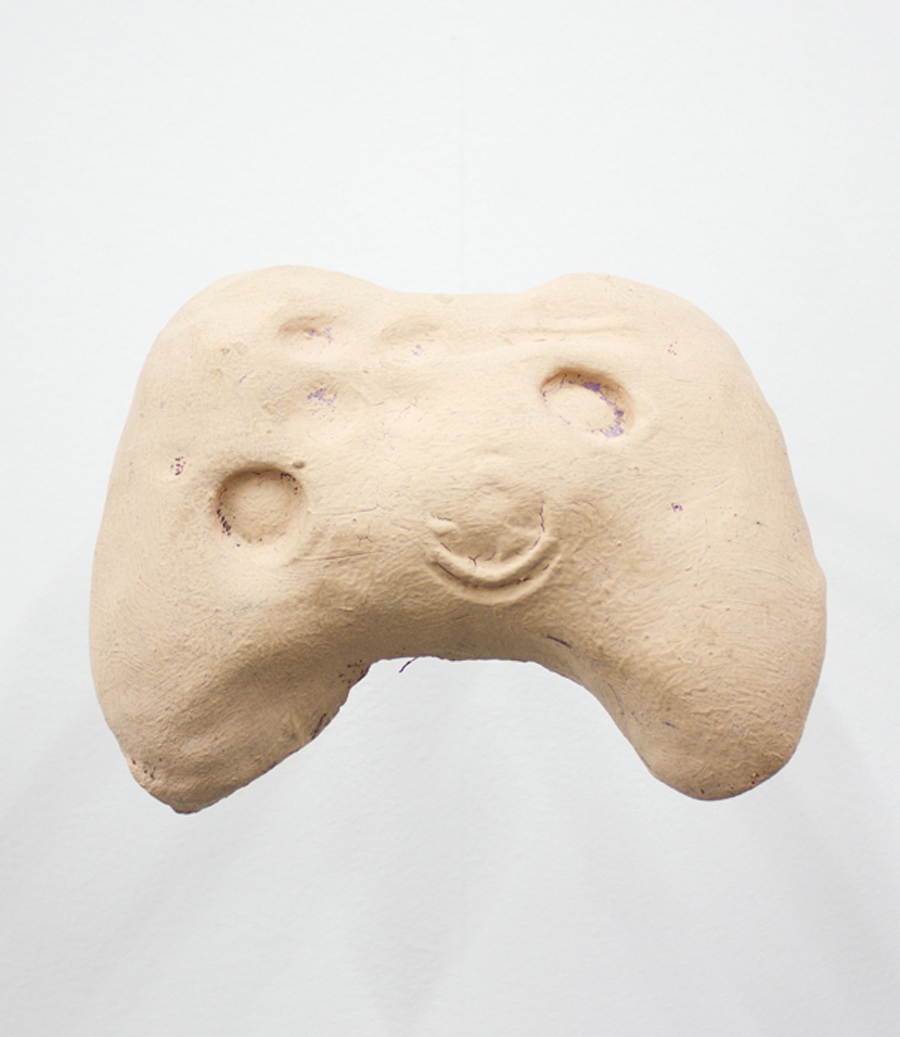FOGSTAND
Gallery & Studio
GOODBYE!
漢 ︎︎︎ EN
Contact ︎︎︎ 聯絡
Support ︎︎︎ 贊助
About ︎︎︎ 關於
Exhibition
Archive ︎︎︎ 歷年
Artist ︎︎︎ 藝術家
Workshop ︎︎︎ 工坊
Residency ︎︎︎ 駐村
News ︎︎︎ 新聞
Shop ︎︎︎ 販售
Gallery & Studio
GOODBYE!
漢 ︎︎︎ EN
Contact ︎︎︎ 聯絡
Support ︎︎︎ 贊助
About ︎︎︎ 關於
Exhibition
Archive ︎︎︎ 歷年
Artist ︎︎︎ 藝術家
Workshop ︎︎︎ 工坊
Residency ︎︎︎ 駐村
News ︎︎︎ 新聞
Shop ︎︎︎ 販售
FOGSTAND Gallery & Studio is a nonprofit art space and creative education centre. The space is temporarily closed.
This website has served as an online archive since 2024.
©2014-2025
FOGSTAND Gallery & Studio. All rights reserved.


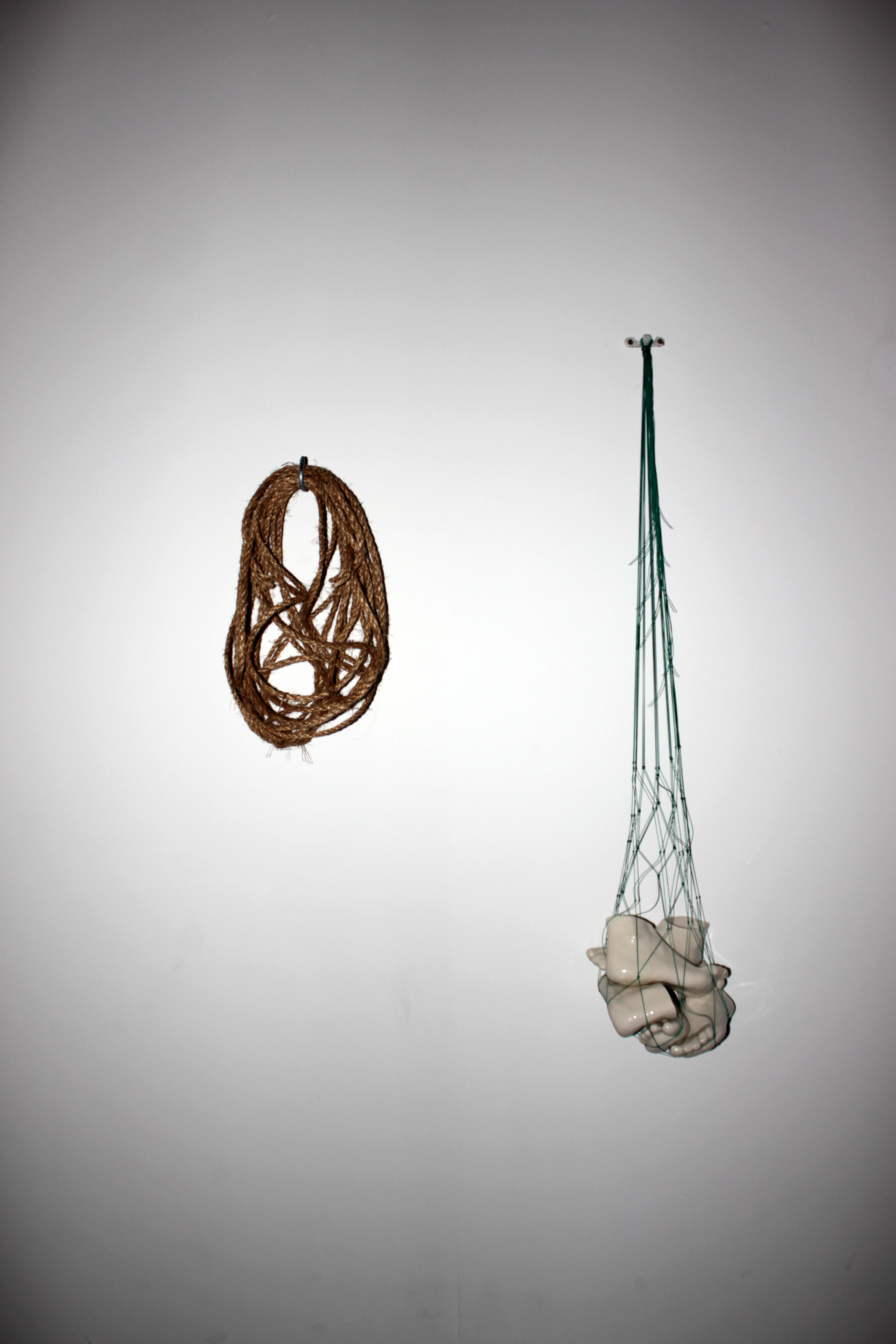

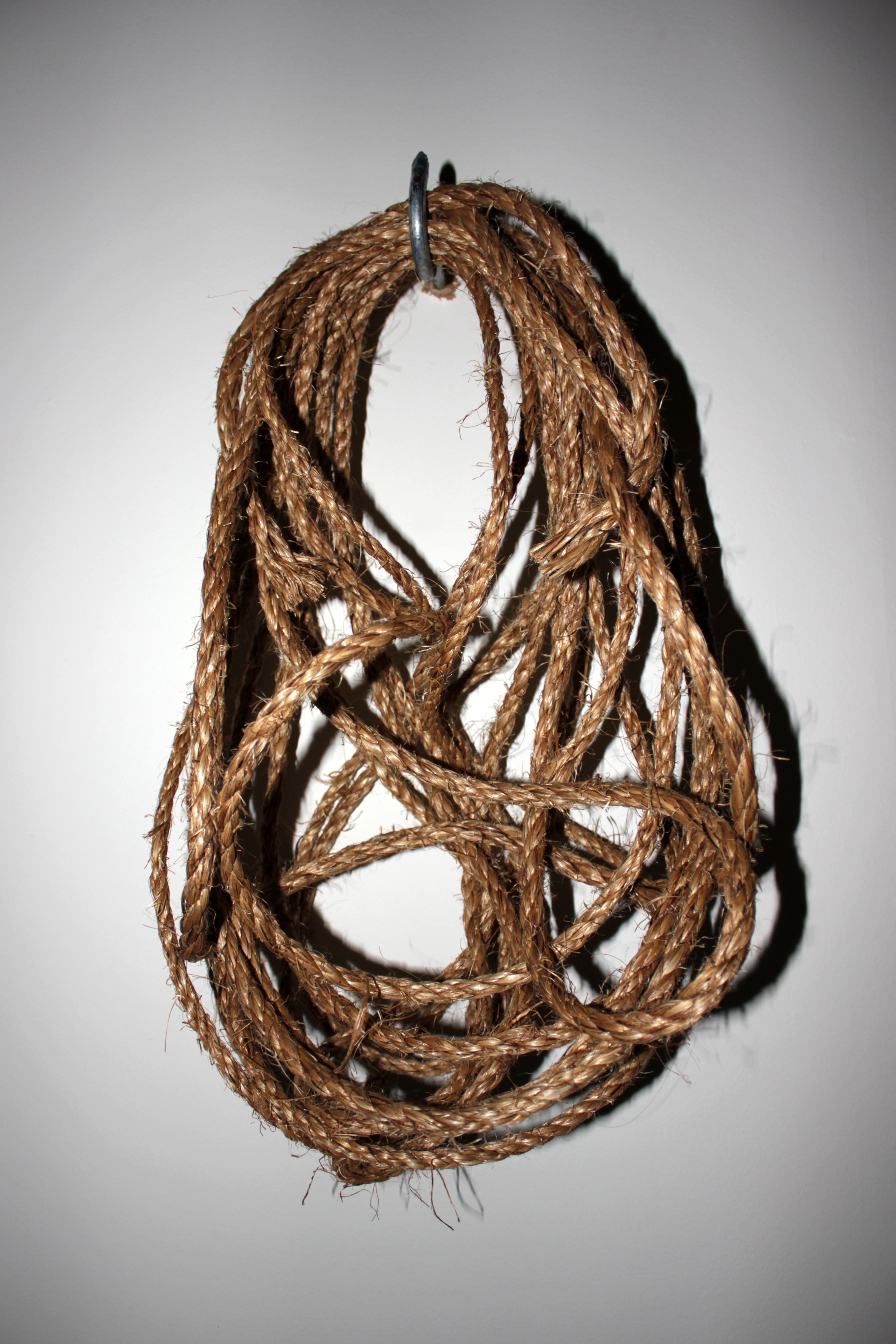
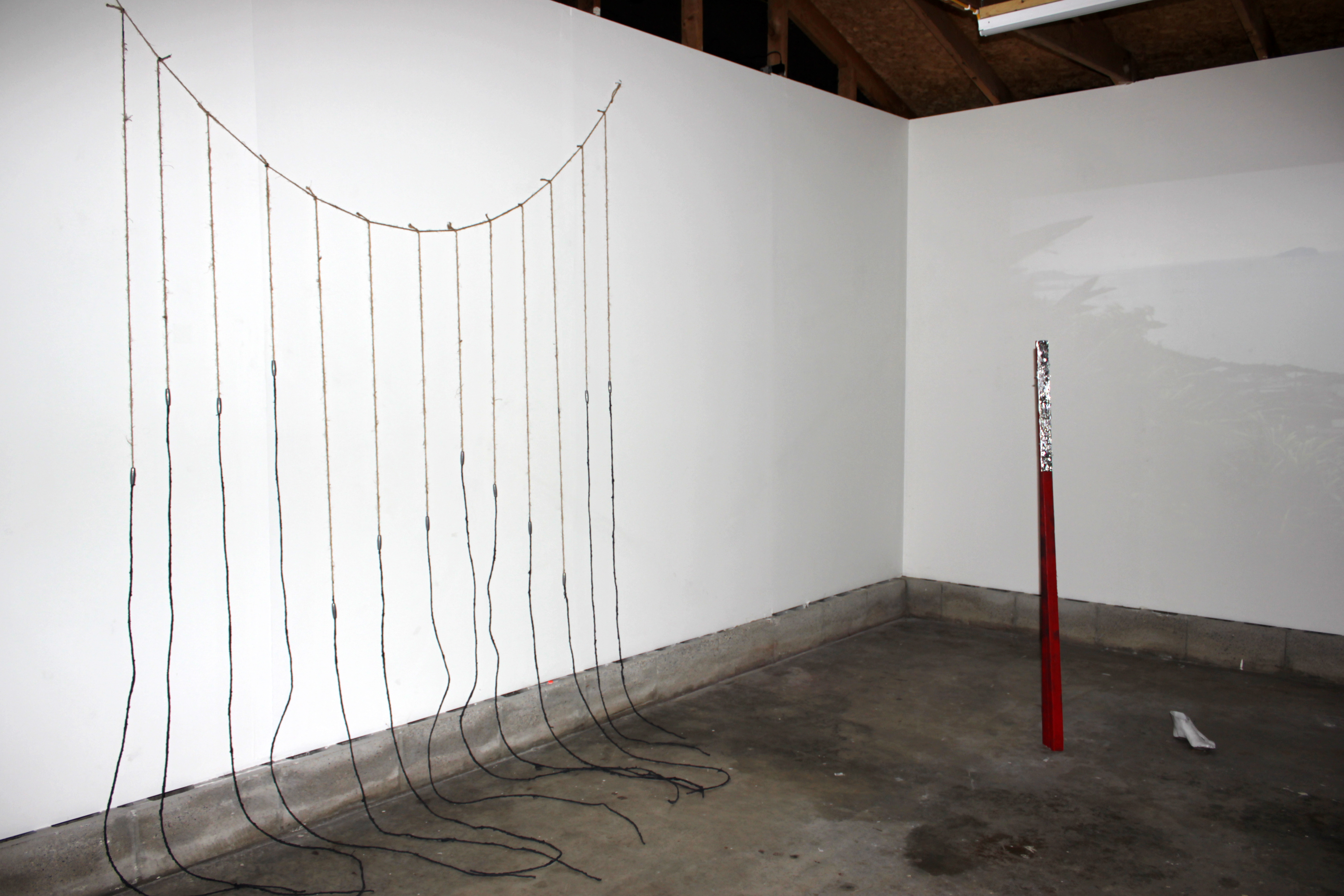
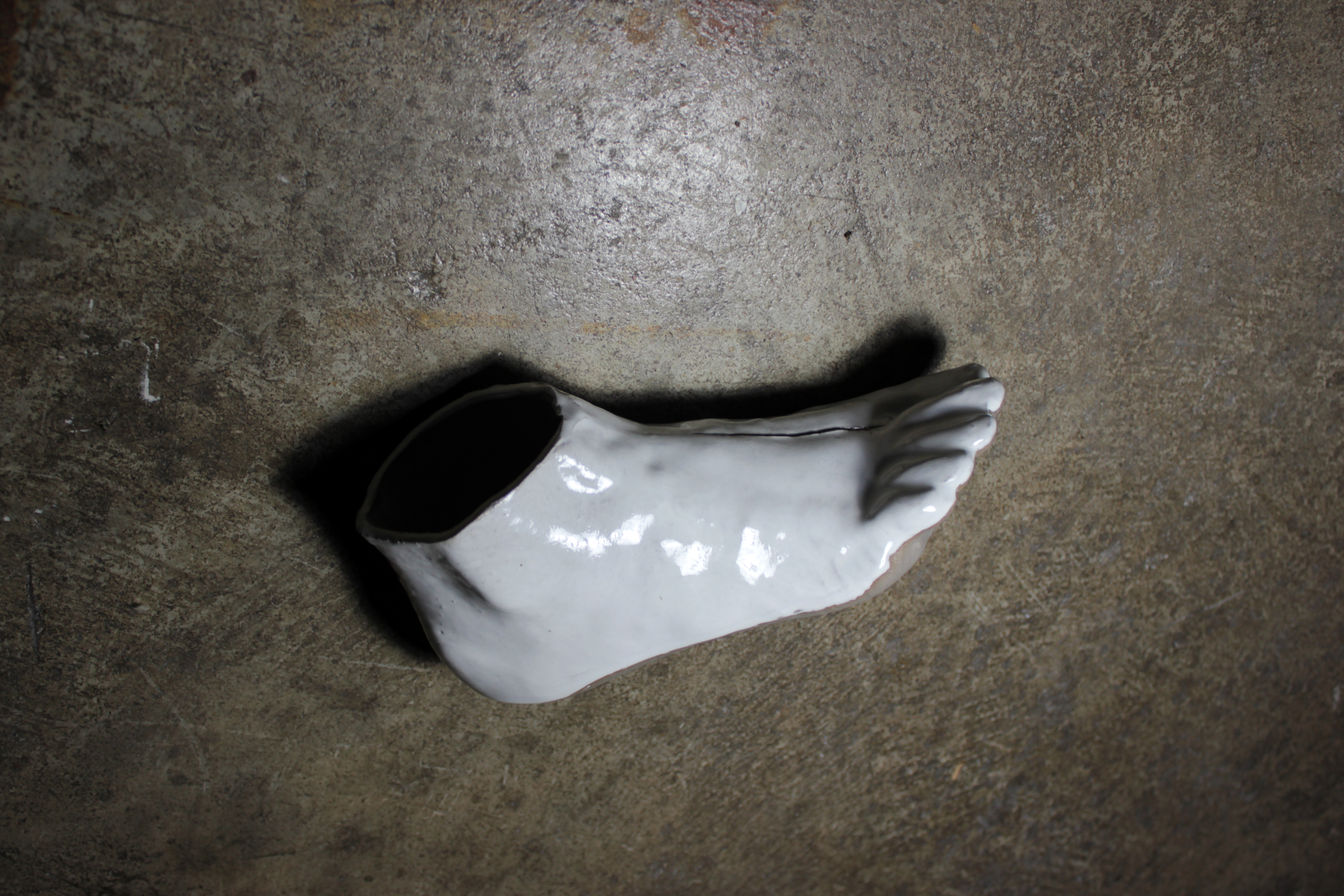
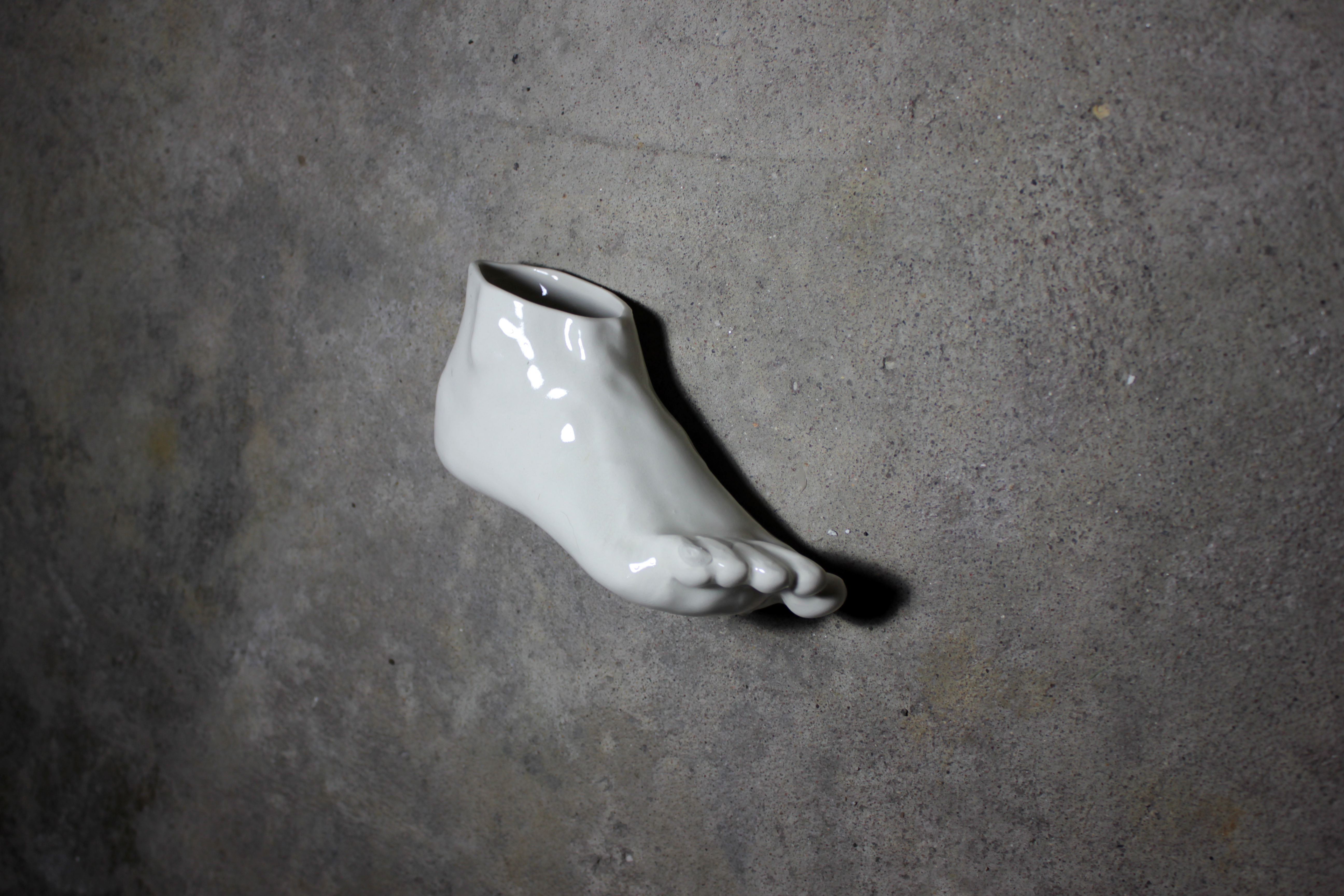
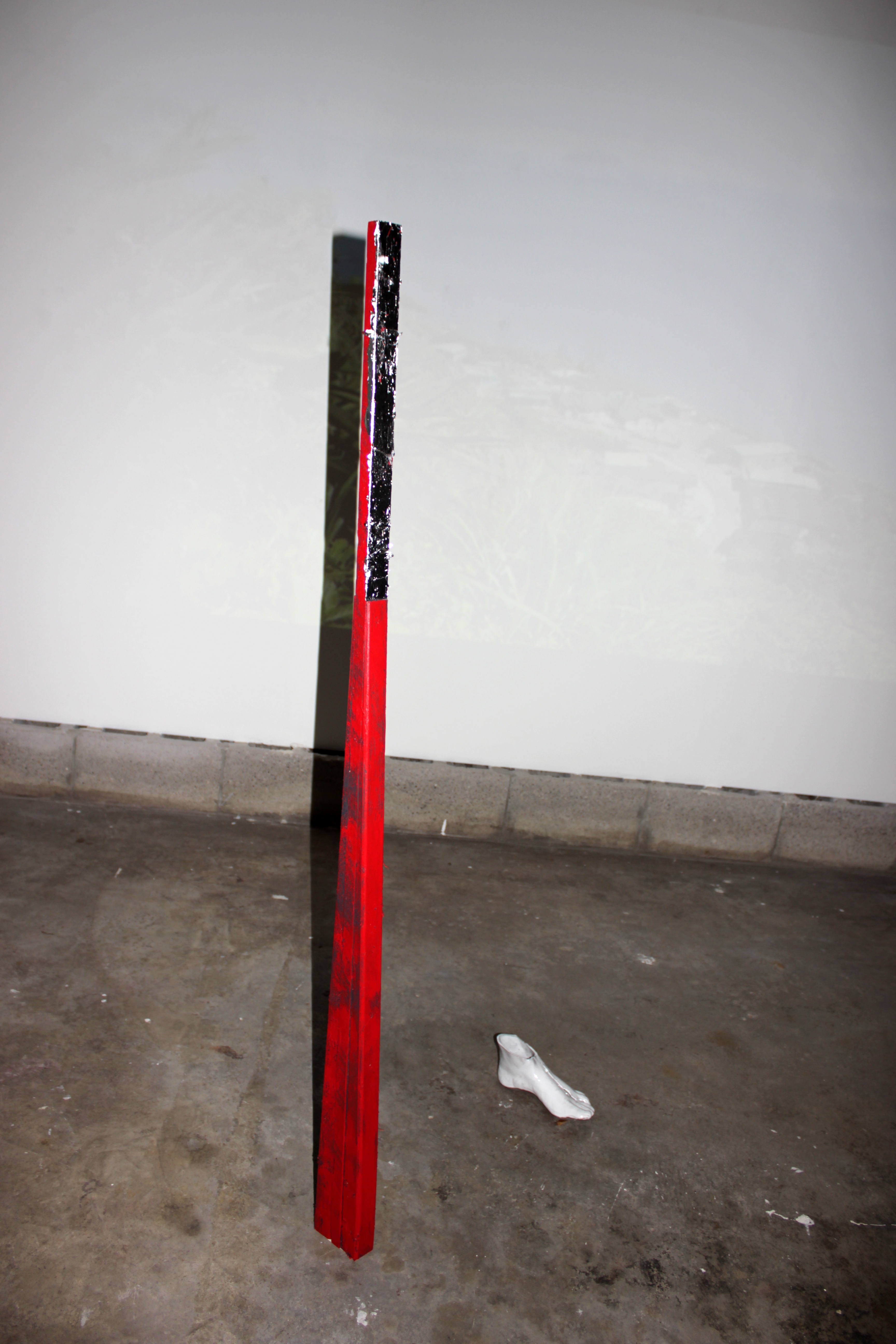
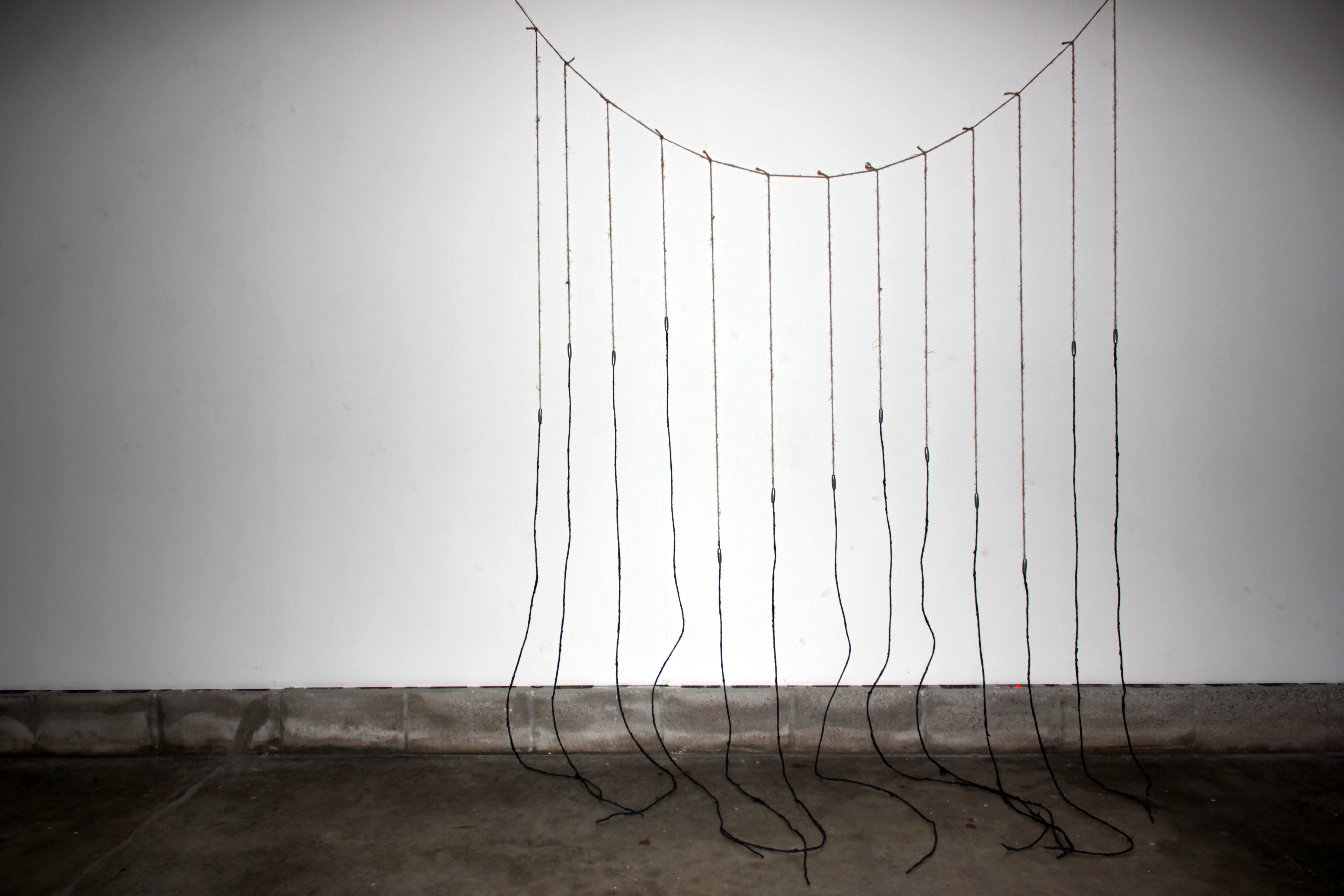
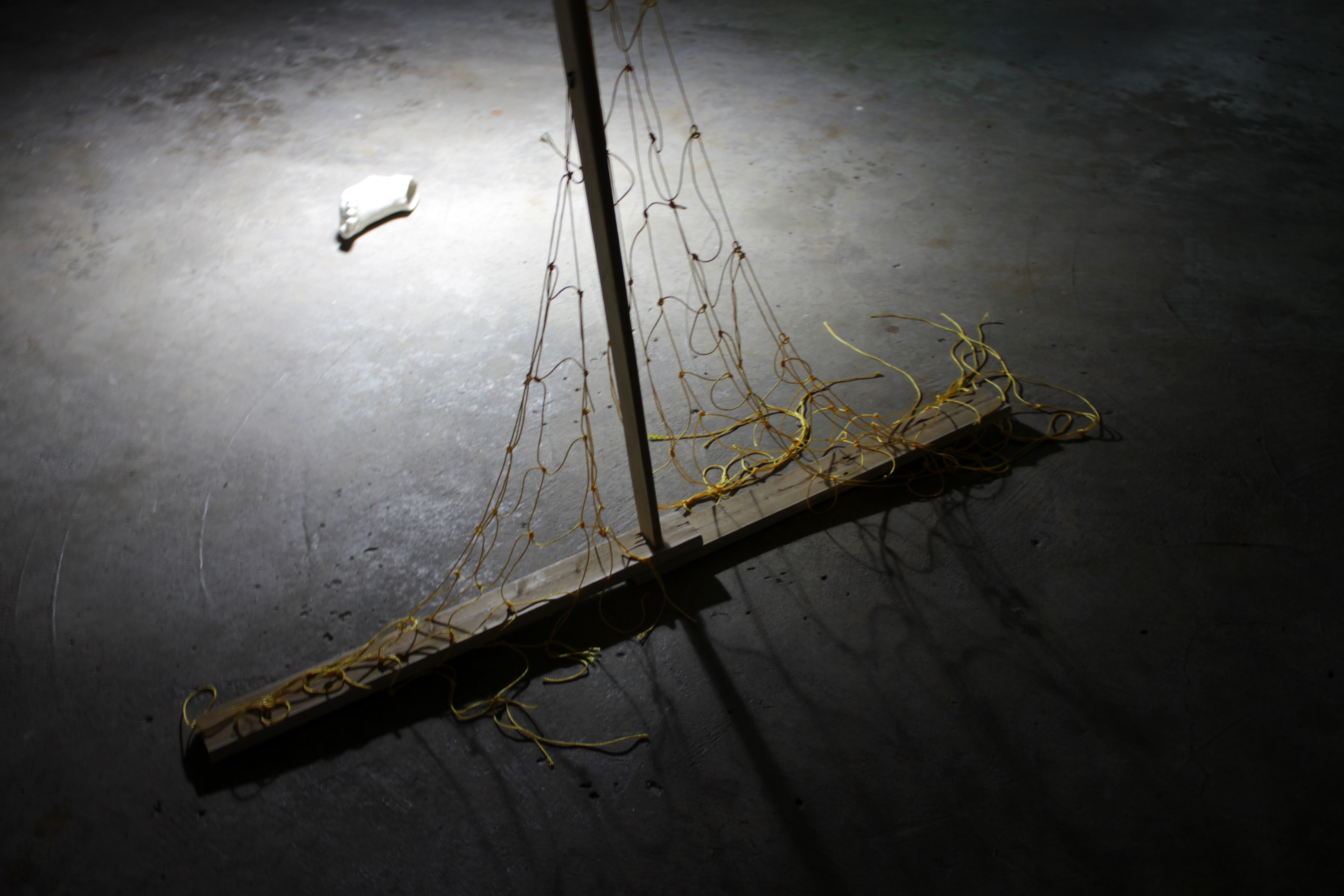
Exhibition on view: 08/19 - 09/16/2018
Opening : 08/19/2018, 1-5pm
Venue: FOGSTAND @ St. Paul, MN, USA
En-Man Chang, Taiwan
In the beginning, En-Man Chang’s identity (being halfindigenous Taiwanese, more specifically the Paiwan people) triggered her creative aspirations, embarking on a journey around the island of Taiwan. Returning to the indigenous tribes and experiencing the social geographical texture of these locales, she attempted to unearth the complex food chain-like interconnections in order to better visualize Taiwan’s cultural landscape.
Under dissolving borders—hastened by globalization and the ideological mechanisms of a dominant culture—the artist's body shifts and strikes via guerrilla tactics, both within and outside these physical, historical and ideological boundaries. Whilst engaging in the mapping of a self, a tribe, a nation, a spirit, she also attempts to expand the overall (dis)figuration of an ever expanding community and world.
Jennifer Nevitt, USA
Jennifer Nevitt’s artistic practice and attitude fulfill Jacque Ranceire’s description of artistic practice, that being “ways of doing and making that intervene in the general distribution of ways of doing and making as well as in the relationships they maintain to modes of being and forms of visibility”. This is due to a seeming reluctancy in overstaying (which by way of its own stasis becomes a mode of over-stating) within consistent modes of and reasons for artistic production. The result is a powerful lack of “double-languaging”, one where several overlaying echoes of description and intentionality sit atop artistic production in order to “order the sensual into a multi-functional sensbile”. In its place is a continual pausing (dwelling), reducing the risk of “place-ing” any type of certainty in encountering an unravelling world.
Opening : 08/19/2018, 1-5pm
Venue: FOGSTAND @ St. Paul, MN, USA
En-Man Chang, Taiwan
In the beginning, En-Man Chang’s identity (being halfindigenous Taiwanese, more specifically the Paiwan people) triggered her creative aspirations, embarking on a journey around the island of Taiwan. Returning to the indigenous tribes and experiencing the social geographical texture of these locales, she attempted to unearth the complex food chain-like interconnections in order to better visualize Taiwan’s cultural landscape.
Under dissolving borders—hastened by globalization and the ideological mechanisms of a dominant culture—the artist's body shifts and strikes via guerrilla tactics, both within and outside these physical, historical and ideological boundaries. Whilst engaging in the mapping of a self, a tribe, a nation, a spirit, she also attempts to expand the overall (dis)figuration of an ever expanding community and world.
Jennifer Nevitt, USA
Jennifer Nevitt’s artistic practice and attitude fulfill Jacque Ranceire’s description of artistic practice, that being “ways of doing and making that intervene in the general distribution of ways of doing and making as well as in the relationships they maintain to modes of being and forms of visibility”. This is due to a seeming reluctancy in overstaying (which by way of its own stasis becomes a mode of over-stating) within consistent modes of and reasons for artistic production. The result is a powerful lack of “double-languaging”, one where several overlaying echoes of description and intentionality sit atop artistic production in order to “order the sensual into a multi-functional sensbile”. In its place is a continual pausing (dwelling), reducing the risk of “place-ing” any type of certainty in encountering an unravelling world.
FOGSTAND is happy to announce XXOO, an exhibition indebted to precarity, place and the contaminated diversity made by their often co-opting pressures. 2 The selected artists—En-Man Chang (Taiwan) and Jennifer Nevitt (USA)—embody, rather differently, creative practices that suss out the “sense-making” and “place-staking” contours that British anthropologist Tim Ingold clearly, albeit awkwardly calls “being alongly integrated”.
Bathed in light, submerged in sound and rapt in feeling, the sentient body, at once both perceiver and producer, traces the paths of the world’s becoming in the very course of contributing to its ongoing renewal. Here, surely, lies the essence of what it means to dwell. It is, literally to be embarked upon a movement along a way of life. The perceiver-producer is thus a wayfarer, and the mode of production is itself a trail blazed or a path followed. Along such paths, lives are lived, skills developed, observations made and understandings grown. But if this is so, then we can no longer suppose that dwelling is emplaced in quite the way Heidegger imagined, in an opening akin to a clearing in the forest. To be, I would now say, is not to be in place but to be along paths. The path, and not the place, is the primary condition of being, or rather of becoming
― Tim Ingold
︎︎︎ 漢
Bathed in light, submerged in sound and rapt in feeling, the sentient body, at once both perceiver and producer, traces the paths of the world’s becoming in the very course of contributing to its ongoing renewal. Here, surely, lies the essence of what it means to dwell. It is, literally to be embarked upon a movement along a way of life. The perceiver-producer is thus a wayfarer, and the mode of production is itself a trail blazed or a path followed. Along such paths, lives are lived, skills developed, observations made and understandings grown. But if this is so, then we can no longer suppose that dwelling is emplaced in quite the way Heidegger imagined, in an opening akin to a clearing in the forest. To be, I would now say, is not to be in place but to be along paths. The path, and not the place, is the primary condition of being, or rather of becoming
― Tim Ingold
︎︎︎ 漢













